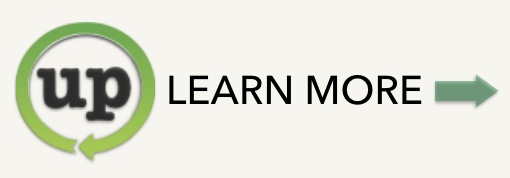As a political idea, universal property appeals both conceptually and with real deliverables. Conceptually, it takes the quintessential American belief that all persons are equally endowed with rights to life, liberty and the pursuit of happiness, and embeds that endowment in meaningful property rights.
With regard to deliverables, universal property offers three big ones: a more livable planet, early-in-life inheritances and reliable income until death. These deliverables would flow to everyone and palpably improve our well-being. No one would be excluded because of race, gender, employment status or income, and the extra income — while equally shared — would disproportionately benefit the poor.
The chief political hindrance to universal property is outdated mindsets. With regard to economic inequality, today’s proposed remedies — like yesterday’s — mostly involve adding jobs and increasing wages. These remain worthy goals, but a second front needs to be opened for non-labor income. Most of today’s jobs don’t pay enough to sustain a large middle class, and tomorrow’s are unlikely to do so either. So if we want a large and secure middle class in the future, we must spread non-labor income around. And there are only two ways to do that.
One is to tax Jill to pay Jack. This approach is unpopular on both ends. Jill resents the taking of her hard-earned income, while Jack resents the indignities of being on welfare. The other way is to pay both Jill and Jack dividends from co-inherited wealth. The first approach divides society; the second unites it. Alaska took the second approach, and it was a huge success. Why not do the same nationwide with multiple co-inherited assets?
To put this another way, universal property opens the spigots to a vast untapped source of money — charging for use of natural and social capital — that can address people’s needs without government assistance. Given the seemingly endless paralysis in Congress, sending taxable non-governmental income to everyone — income that comes directly from their own co-inherited wealth — seems not only wise but politically appealing.
With regard to humanity’s impact on nature, here again we need a new political front. Recent campaigns have focused on tightening regulations, stopping destructive projects, and investing in green infrastructure. All are important. But we also need to protect entire ecosystems in perpetuity — to put brakes on harmful human activity while we invest in alternatives.
Protecting ecosystems with property rights is a more attainable goal than it may seem. Conservation easements are a proven tool. Applying them to ecosystems is a leap in scale but not design. Why couldn’t a fiduciary trust hold ecosystem conservation easements on behalf of future generations, especially if they generated dividends for the living? And why shouldn’t government grant such easements free of charge to such trusts, just as it granted public land to private railroads free of charge?
To be sure, universal property won’t grow to scale during the Biden administration or even the next one. What a market economy with universal property represents is a viable adjacent possible, a term used by systems theorists to describe the evolutionary stage that follows the implosion of an existing system. To function well, such adjacent systems must be both similar to the failed system yet different enough to overcome its fatal flaws — a test universal property meets.
How long our present version of capitalism persists is, of course, impossible to predict, but crises are mounting every day. What is necessary in the coming years is for universal property advocates to design and install trusts, toll gates and universal money pumps wherever possible. Then, when capitalism as we know it finally cracks, its hybrid successor will be waiting in utero.


